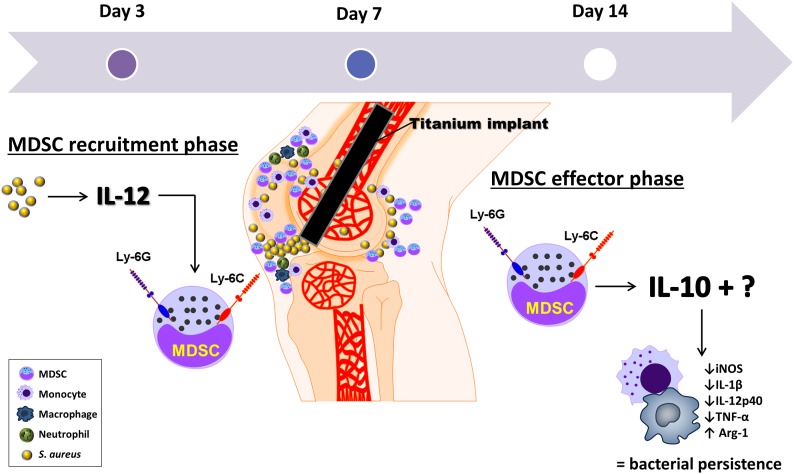Figure 10. Temporal relationship between IL-10 and IL-12 actions during S. aureus orthopedic implant biofilm infection.
IL-12 has a key role in MDSC recruitment during early biofilm infection via a chemoattractant that remains to be identified. IL-10 is produced by infiltrating MDSCs at the site of S. aureus biofilm infection, whereupon it has a critical role in polarizing monocytes toward an anti-inflammatory phenotype, thereby promoting bacterial persistence. Loss of either IL-12 or IL-10 during the early MDSC recruitment or effector phases, respectively, promotes biofilm clearance, implicating key roles for each cytokine at distinct stages of infection.

